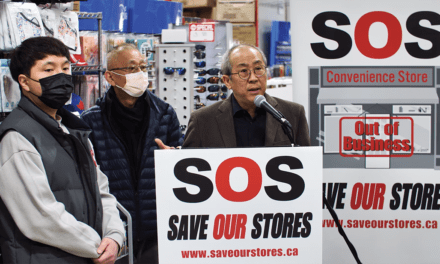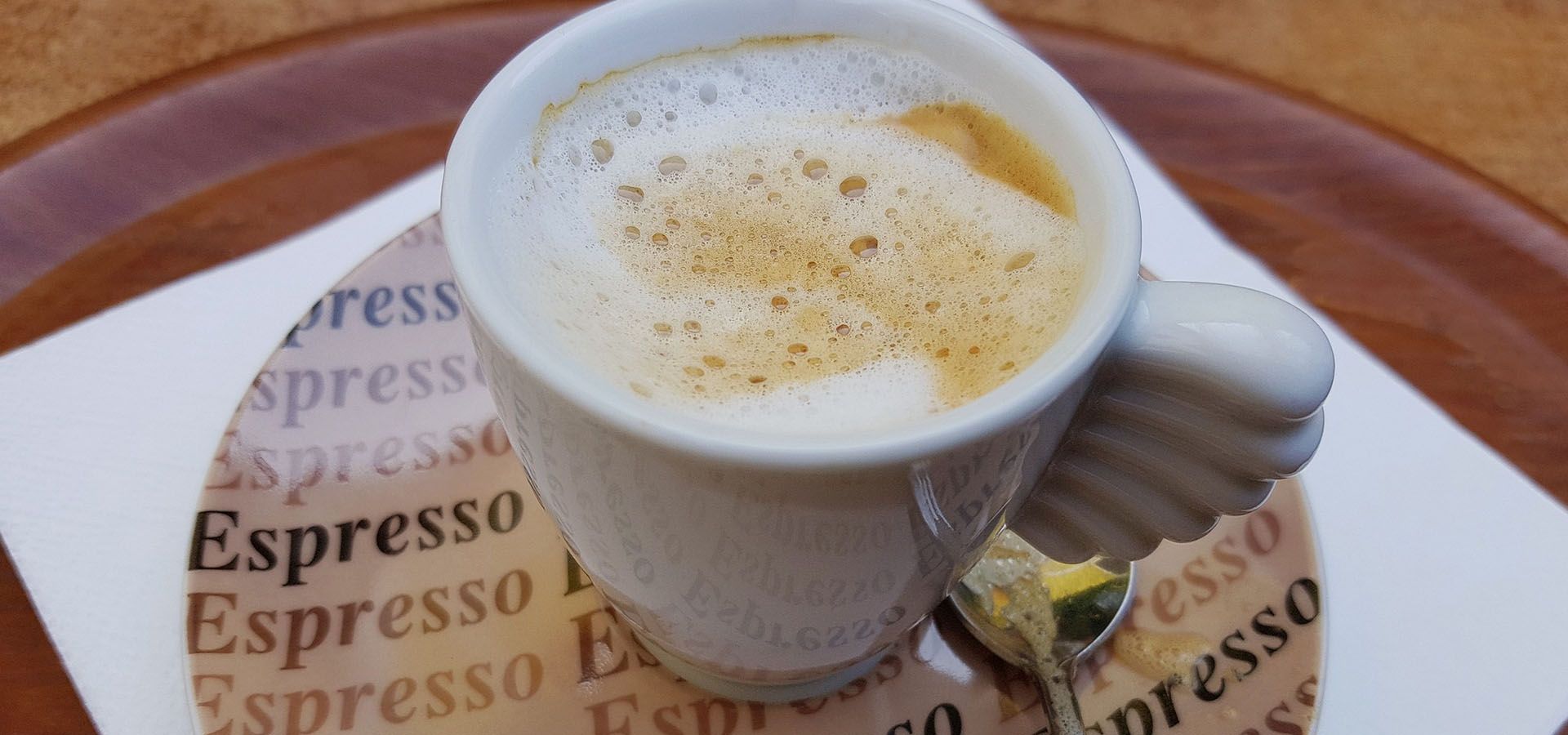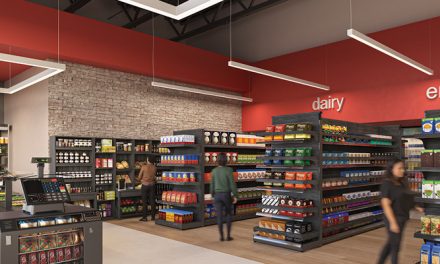
WALKING THE LINE: Selling Vape and Cannabis Accessories
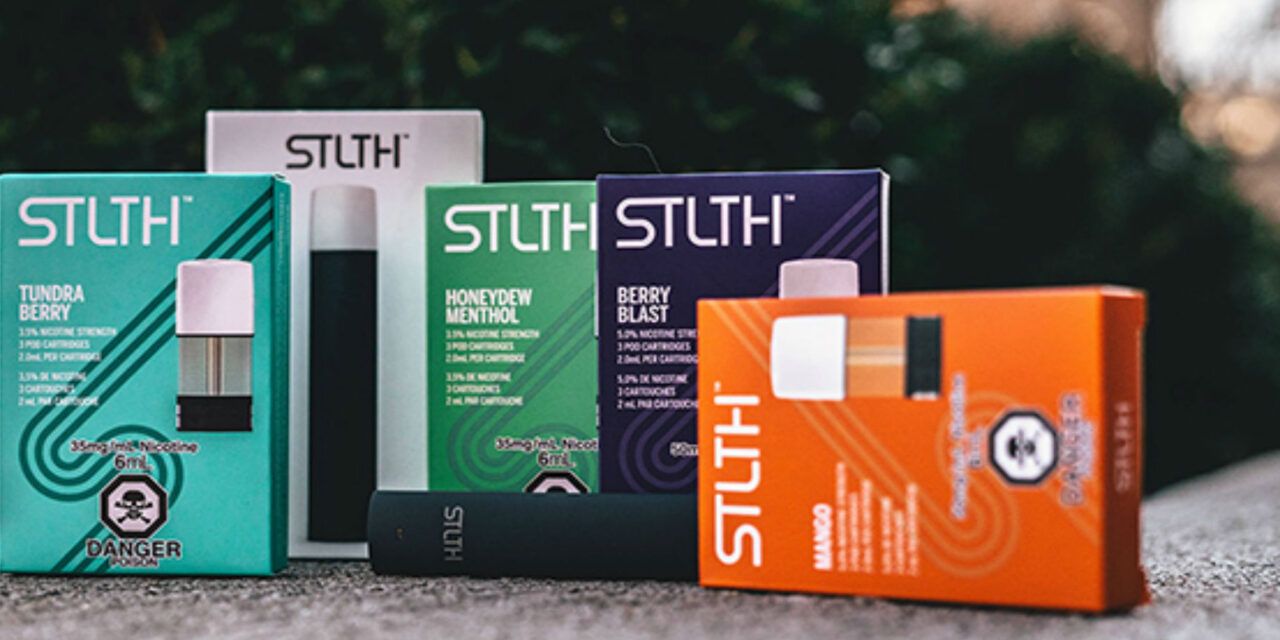
WALKING THE LINE: Selling Vape and Cannabis Accessories
By Tania Moffat
Vape products and cannabis accessories are a profitable vertical for c-stores but are governed by the same stringent rules as tobacco. How do retailers enter this heavily regulated sector when they can’t display or advertise the product?Stats Support Strict Regulations
Most manufacturers are supportive of the laws that have been put in place to limit the sale of these products to young adults. The results of recent studies showed an increase in youth vaping, necessitating restrictions. The Canadian Tobacco, Alcohol and Drugs Survey conducted in 2017 showed that 15 per cent of Canadians had tried a vaping product, and of that, youth, 15-24 years had the highest rates at 32 per cent. Health Canada is concerned about the acceleration in experimentation and the uptake of vaping. Also alarming is the introduction of high content nicotine products. Anecdotal evidence suggests vaping increases the risk of teens using cigarettes, which has been on the rise for the first time in 30 years.
The Tobacco and Vaping Products Act (TVPA) drastically changed the landscape of this once grey market area in 2018. The Act limits the promotion of vaping products by prohibiting lifestyle advertising and any advertising that appeals to youth. Many provinces have additional vaping legislation, with the exception of Alberta, Saskatchewan, Nunavut, Yukon and Northwest Territories (as of January 2019). Like vaping, the sale of cannabis accessories follows similar regulations, and again retailers must be aware of their provincial legislation which stacks on top of federal law.
The Right Niche
Kyle Britton, vice president of marketing at ReCreation Marketing, manages a portfolio of their manufactured brands as well as partner brands that they represent in the cannabis industry. “After cannabis was legalized, there was a green rush into cultivating the flower, but the accessories market was a lot slower to develop,” says Britton. “We took aim at the accessories market and looked towards the convenience channel as cannabis continues to become more and more mainstream. There is still a lot of grey area when it comes to displaying products, however, we assist our retail partners with their compliance obligations.”
In regards to vaping products, Leo Vynnyk, marketing manager at STLTH, agrees: “The public is used to purchasing their smoking products from convenience stores, and it makes sense for them to venture into the vaping industry.”
Cannabis Accessories
In the first quarter of 2019 approximately 5.3 million Canadians had used cannabis, an increase of 14 per cent from last year according to Statistics Canada. The Good Manufacturing Practice (GMP) report indicates the industry is moving toward extracts, forecasting they will account for half of Canada’s cannabis market. Of this, they estimate vape pens will lead with 20 per cent of the sector.
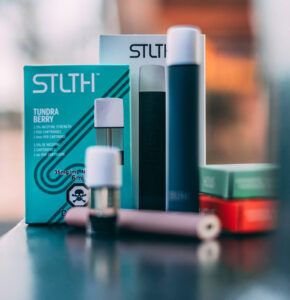
It is relatively inexpensive for retailers to enter the cannabis industry. “We recommend products below $10, rolling papers, hand pipes, spoons, chillums, tips, mini torches. Stores can enter the industry for around $200 and still provide their customers with the essentials,” says Britton.
Vaping Accessories
Regarding vape products, Britton adds: “There are open (self-fill juices) and closed (pre-filled cartridges) systems for vaping. The closed system is almost exclusively run by larger companies which have decreased costs and made several of these products enticing for retailers.”
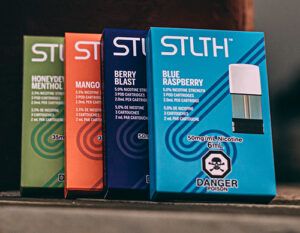
“Stores generally carry individual pods and refills as well as starter kits;” explains Jesse Maxwell, vice president of sales and business development at Masaru International Sales Inc. “Our systems start in $35 range. Salt-nicotine formulas are more popular as they are more akin to smoking a cigarette with similar reaction times and throat hits. Some c-stores have made themselves a destination shop carrying three to four brands of pod systems, 30-60 ml juices and other hardware for the intermediate and advanced users,” says Maxwell. “In terms of flavours, fruits are the most popular while tobacco is a slow and steady seller. People generally like to try every flavour; our most popular is Quad Berry.”
Making it Work
So why are some c-store operators shying away from this lucrative sector? “Some retailers believe selling these types of products is illegal. Others are afraid to stock their shelves with new vaping products after a failed foray into the industry with the old-fashioned e-pens and liquids,” states Vynnyk. In terms of vaping products and cannabis accessories, there remains a significant amount of grey area around the laws, leaving retailers feeling like they are walking a fine line.
There is a huge base that doesn’t know about vaping, and the best form of advertising in this industry is education. Our job is to educate retailers and employees so that they can, in turn, have those conversations with their customers,” explains Maxwell.
Britton agrees: “There isn’t anything retailers can do except use a price line. These signs are provincially legislated; generally speaking, they are located in the designated selling area and can only contain black letters on a white background. Price signs may indicate ‘cannabis accessories available here’ or ‘vape products starting at.’ At least price lines start questions, and legally, retailers can only respond to questions posed by adult customers.”
Tania Moffat is a freelance writer, editor, publisher and photographer. She has worked in the publishing industry for the last 15 years on a wide variety of B2B and consumer publications, both in print and online. You can connect with her at info@chiccountrylife.com






